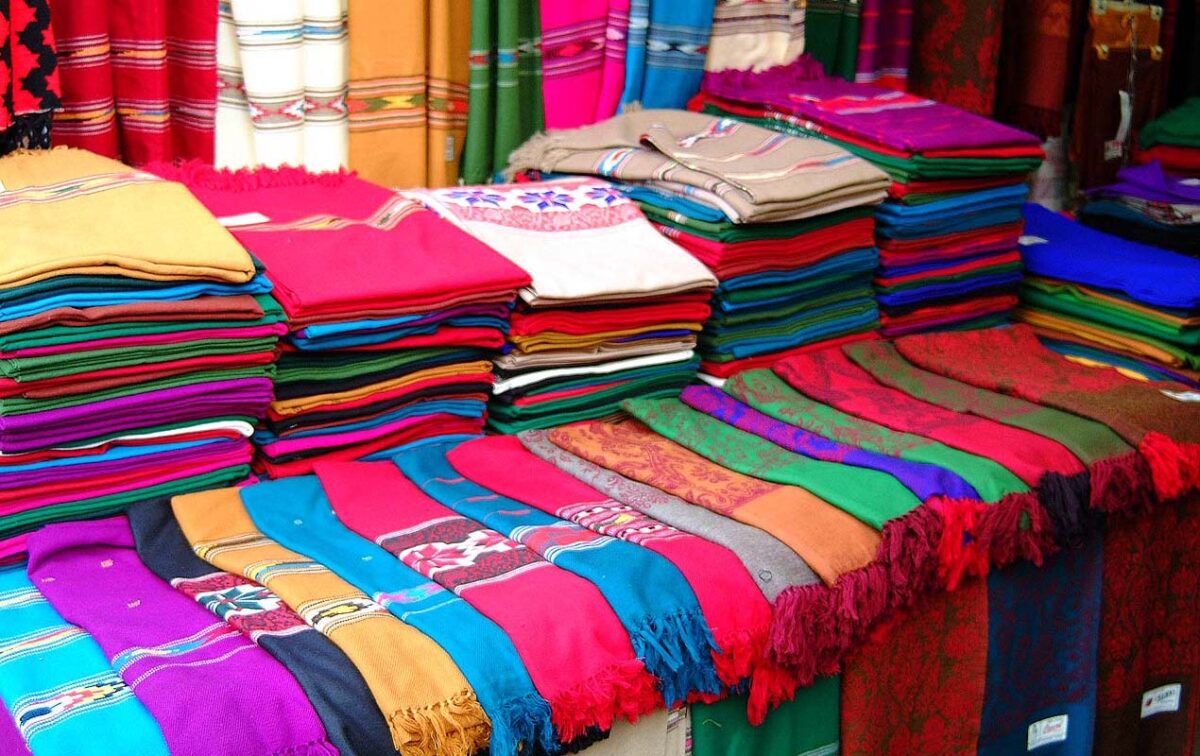Some big lenders in India have asked the central bank to inject liquidity using foreign-exchange swaps as short-term currency financing costs surged to a four-year high, according to people familiar with the matter.
In recent informal interactions, some lenders asked the Reserve Bank of India to consider using FX swaps, where the parties simultaneously agree to exchange currencies in the spot market and reverse the transaction at a future date, the people said. Such operations could effectively inject rupee liquidity into the financial markets.
The requests came after an indicator for front-end currency borrowing costs surged on Monday, the people added, asking not to be identified as the engagements were private. A combination of seasonal factors and a surge in global investors’ demand for the rupee as they chase local initial public offerings had contributed to the funding squeeze.
The higher financing costs are posing a challenge for the RBI to support an economy that’s witnessing a slowdown in manufacturing activities. While it is unclear whether the RBI would agree to the requests, the side effects of such an operation might add pressure on the rupee, which has already been setting new record lows since December.
The central bank didn’t respond to emailed requests for comment.
On Monday, the rupee’s tomorrow-next forward points surged to a level unseen since early 2021. Meanwhile, the one-year implied forward yields on the rupee hovered near two-year highs, reflecting high costs of guarding against rupee volatility.
The jump is being driven by an ongoing cash crunch amid lenders’ efforts to facilitate client access to a recent flurry of local share sales, the people said. Banks have also been reluctant to part with rupees and swap them for dollars due to low liquidity, exacerbating the funding squeeze, they said. Analysts have predicted sustained tightness going ahead.
The swaps would entail the RBI purchasing dollars from banks against the rupee while contracting to sell the greenback at a future date. When the central bank buys dollars, it injects an equivalent quantum of rupee liquidity.
Such operations would be expected to bring down elevated funding costs. And by acquiring dollars over the first leg of the swap, the central bank would bolster its foreign-exchange reserves, which have dropped to a seven-month low amid interventions to shield the rupee from excess volatility.
The last time the RBI carried out such a long-term swap was in April 2019 for a tenure of three years and an amount of $5 billion.
Top-notch SEBI registered research analyst
Best SEBI registered Intraday tips provider
Telegram | Facebook | Instagram
Call: +91 9624421555 / +91 9624461555



